**Please note: we at SpaceshipOne understand the gravity of discussing potential medical treatments, especially those that are still undergoing research and development. This blog post is not intended to give personal medical advice.
“Sunlight and fresh air” are old, old cures for what ails ye. Today, medical scientists are exploring new evidence that certain types of light may actually help treat COVID-19, the disease caused by the coronavirus.
Let’s take a look at the various types of light, and the scientific evidence showing how they can help treat a range of medical conditions, from cancer to acne — as well as their potential to help treat COVID-19.
The Spectrum of Light

If you’ve ever seen a rainbow, you know that light is not one single color. Red, orange, yellow, green, blue, purple, and all the colors in between make up just a small part of what we call light, and this range of colors that our eyes can naturally see is often referred to as the visible light spectrum.
Different light types — or wavelengths — are defined by their size, similar to how we classify animals. The large wavelengths of light (too big for humans to see, at scale, like a blue whale), are called ultraviolet. The wavelengths of light that are too tiny to be seen by the human eye (like a “Water Bear“) are called infrared.
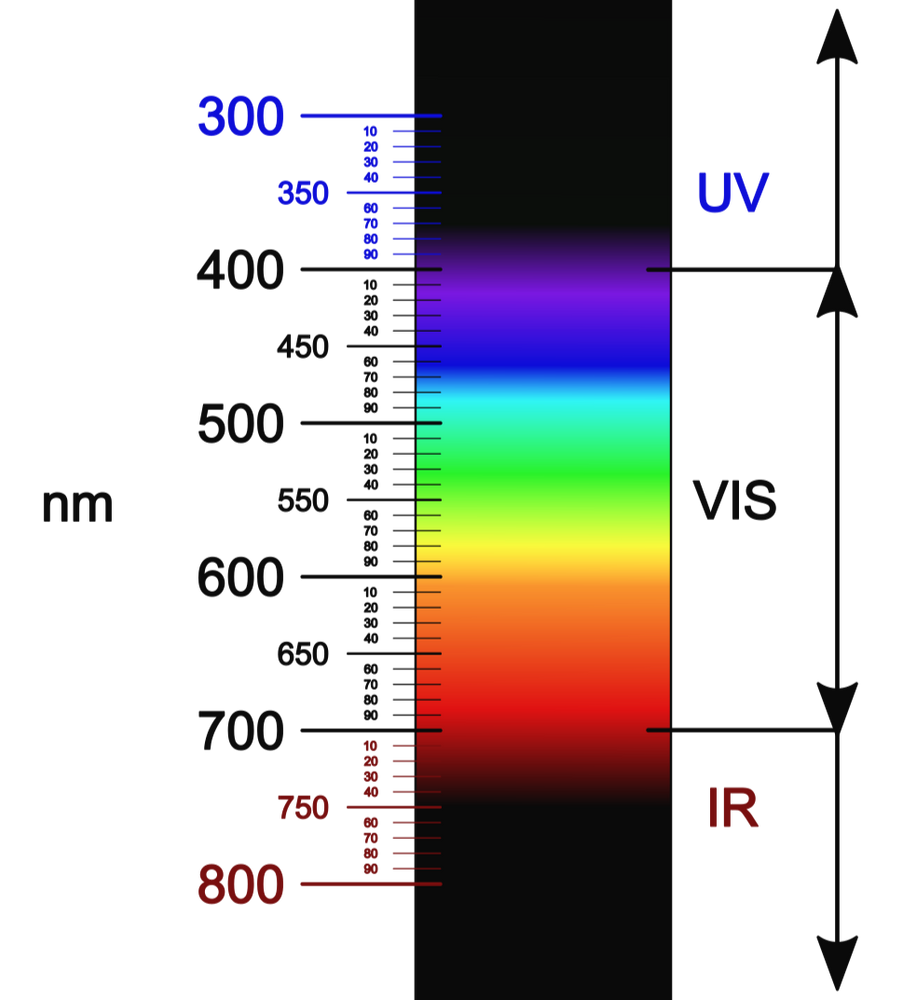
Infrared
Lurking just beyond the visible spectrum, infrared light (IR) — red light’s superpowered cousin — is already used to treat several illnesses. The human body experiences IR as a “gentle radiant heat”, and studies have shown its effectiveness at relieving rheumatoid arthritis, stiffness, and general pain. IR has also been tested on more complex neurodegenerative disorders such as Alzheimer’s and Parkinson’s.
Far-Infrared
Far-infrared radiation (or FIR) increases blood flow and microcirculation, which stimulates wound healing, and could potentially treat ischemia, a medical condition where some parts of the body do not receive enough blood circulation. When FIR was used in a study on mice, it helped regrow their blood vessels.
Near-Infrared & Cancer Treatment
Infrared light can also be used as a tool to help treat cancer. Specifically, near-infrared light can show doctors where to remove a patient’s cancer, or even activate drugs that kill the cancer in a very targeted way.
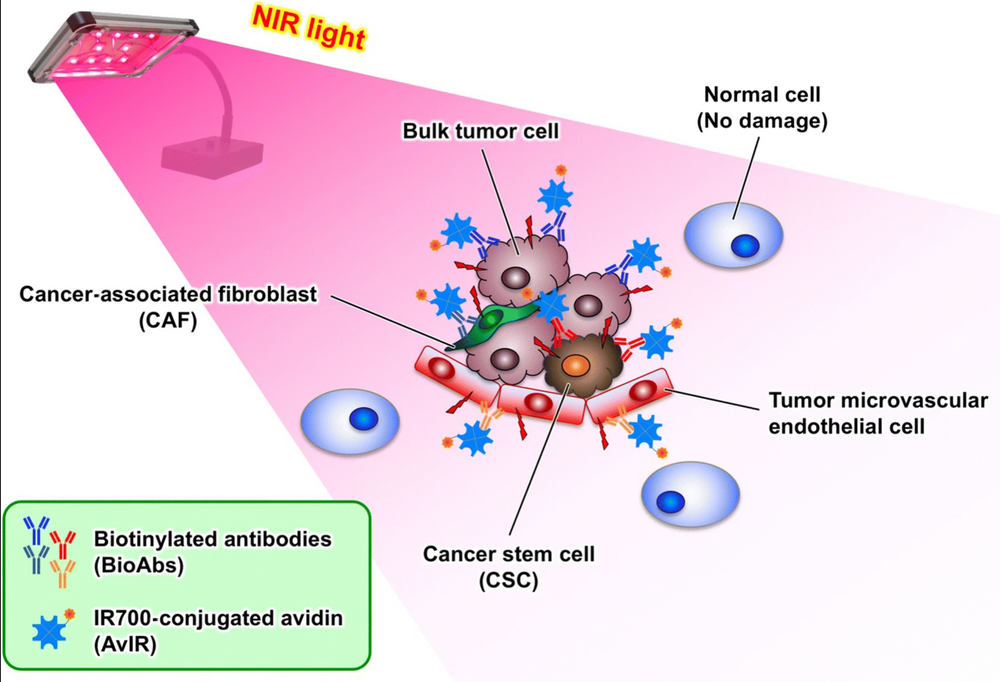
These methods, which are called photoimmunotherapy, have the potential to be less harmful cancer treatments than traditional cancer treatments, like chemotherapy, which can harm the body with repeated use. I,n clinical trials, photoimmunotherapy has even been shown to increase patients’,, immunity to tumors,, including in untreated areas of the body.
Near-Infrared and ARDS
Near-infrared light also speeds up the body’s natural production of nitric oxide (NO), which helps lower blood pressure and fight inflammation. Obviously, both are good things. But scientists are also finding that too little NO production, combined with respiratory diseases like COVID-19, can result in acute respiratory distress syndrome (ARDS). Unfortunately, when patients in a study inhaled NO to help alleviate ARDS from COVID-19, the treatment was not as successful as they’d hoped.
Germicidal Ultraviolet
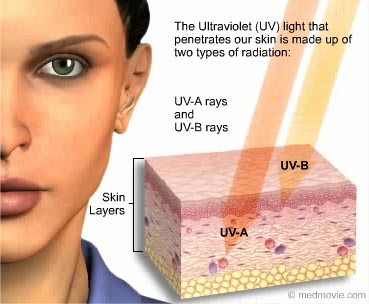
Sliding down to the opposite end of the light spectrum, ultraviolet is the invisible band between regular violet and x-rays. UV radiation makes up about 10% of sunlight, and can be divided into three categories based on the following factors: 1) whether the wavelength penetrates the Earth’s atmosphere; 2) whether it’s stopped by human skin; or 3) whether it penetrates both the atmosphere and human skin.
UVA
- Penetrates human skin (the epidermis)
- Mainly causes cellular aging, cataracts, and long-term damage such as wrinkles
UVB
- Reaches human skin, but blocked by the epidermis
- Can damage DNA
- Main cause of sunburns and skin cancers
UVC
- Blocked by the ozone layer
Far UVC light has the shortest wavelengths of UVC (which are pretty short to begin with). Far UVC seems to be safe for humans, but is still harmful to viruses and microbes since the wavelengths are so incredibly, incredibly small. This could be great news in the age of antibiotic-resistant bacteria.
In 2017 alone, 20,000 Americans died from antibiotic-resistant staph infections. Thankfully, studies are showing that far UVC is just as effective on antibiotic-resistant bacteria as it is on bacterial strains that haven’t developed antibiotic resistance. In fact, one study treated antibiotic-resistant staph bacteria with UVC, and, within five seconds, the UVC inactivated the bacteria. However, more research is needed, since UVC (a longer wavelength of light than far UVC) can be dangerous to humans.
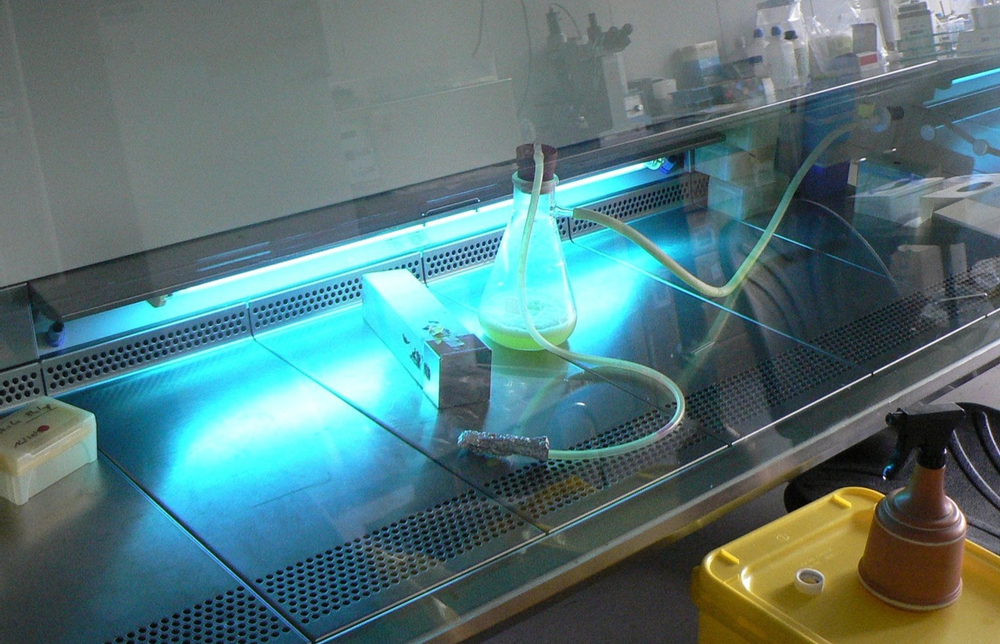
Many labs, hospitals, and surgical centers already use UVC devices — some of which can disinfect entire rooms in just half an hour. But since producing this precise type of light can be expensive, UVC is not yet deployed as part of hospitals’ regular cleaning protocols, despite the fact that it could help limit the spread of infection.
Currently, about one in twenty-five patients gets an infection while undergoing care for another condition. According to the U.S. Department of Health and Human Services, these infections are a “significant cause of illness and death.” Plus, the associated medical costs can also end up being extremely burdensome, especially for Americans, who often lack healthcare plans.
Both UVC and far UVC work as a germicidal treatment for empty rooms, and far UVC may even be safe to use in spaces where humans are present. If more evidence is gathered to support this assertion, far UVC lights could eventually be installed in public places where germs tend to spread very easily. UVC can kill viruses, like COVID-19, in aerosol form. Wouldn’t it be nice — not having to worry about the flu every time you fly to see family over the holidays?
Blue Light Therapy
You know those dry, scaly patches of skin that develop on our skin after years of sun exposure? Also known as solar keratosis, about one in ten of these bad boys graduates to squamous cell carcinoma, the most common form of skin cancer.
For treatment, the body can respond well to photodynamic therapy, which works similarly to photoimmunotherapy. The skin gets treated with a photoreactive agent, either topically or intravenously, and then gets irradiated with blue light. The combination of blue light and photoreactive agent destroys unhealthy cells, allowing healthy cells to grow back in their place.
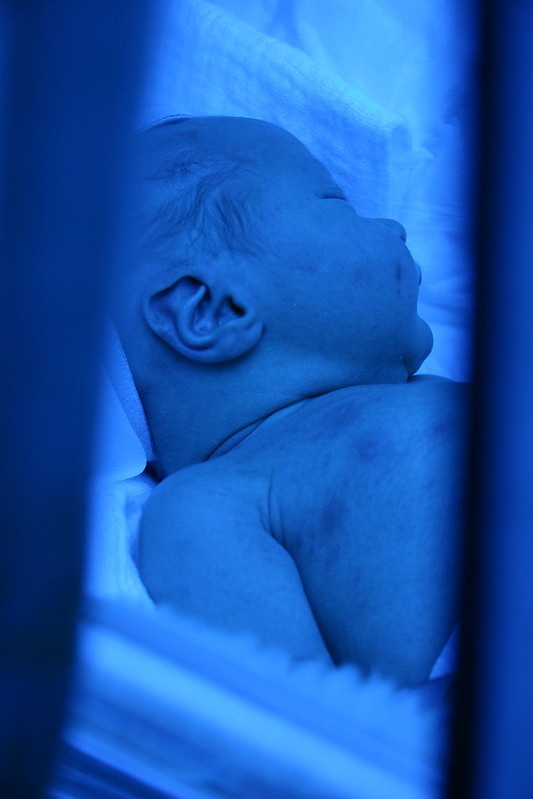
Blue light therapy can also treat other skin conditions, like neonatal jaundice and mild to moderate facial acne. In one study on blue light and face acne, almost all participants reported improvements in overall skin health and appearance; said they were satisfied with the results; and, as a bonus, found the treatment gentler than other anti-acne methods.
Well, what about blue light and COVID-19? Some facts may point us in a promising direction: COVID-19 is a virus, and blue/violet light at 400-470 nanometers can inactivate several different viruses. Printable micro-LEDs using blue light may be a possible future treatment for bacterial and viral infections that begin in the nose or throat, as COVID-19 often does.
A recent study further demonstrated the effectiveness of blue light in deactivating the common cold virus, regardless of relative humidity. Better yet, pulsed blue light (with a wavelength of 450 nanometers) can be 40 to 100 times more effective than continuous blue light when deployed against germs like those that cause acne, chronic blepharitis, and inflammation of the eye’s interior (which, if untreated, can result in vision loss).
Precautions: Don’t Be Stupid
Too much of a good thing can be a bad thing. (Nobody in their right mind chugs cough syrup by the liter, or scarfs down an entire box of laxatives, right?)
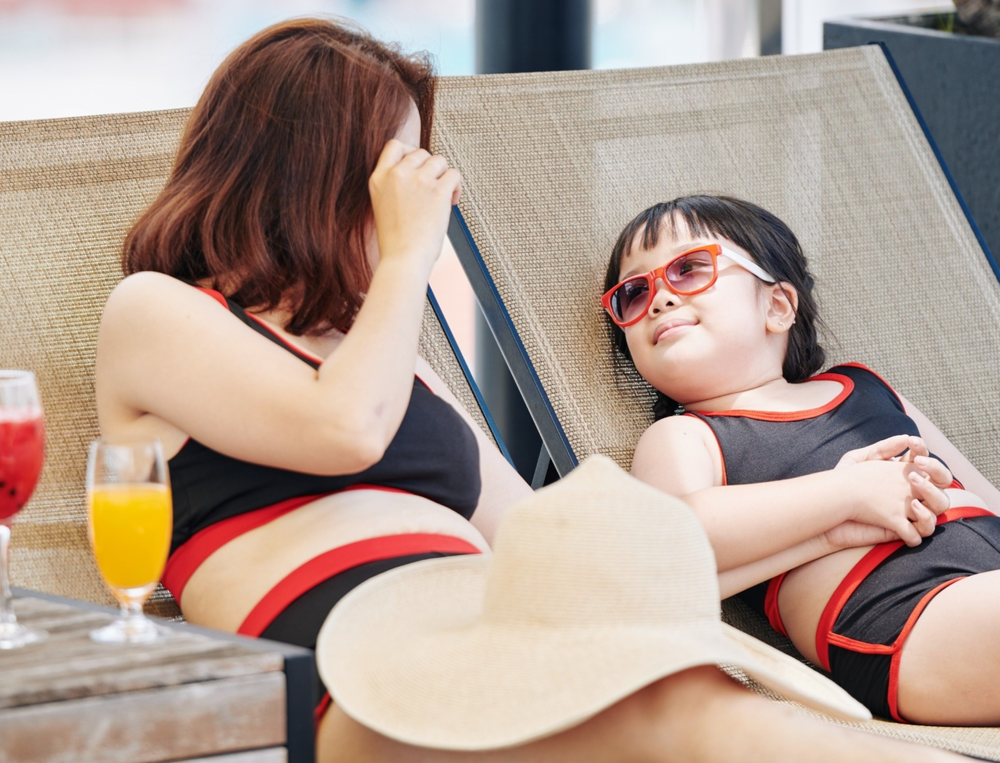
Light is still radiation, no matter its therapeutic properties. Keep in mind that excessive sunbathing and other light-based therapies can be risky, and that scientists are still studying the short- and long-term effects on our health. One way to help make sure you’re not playing with fire is to limit sunlight exposure during peak hours (typically 11 am to 3 pm).
